Go ahead and get goopy to help boost hydration and repair damaged skin
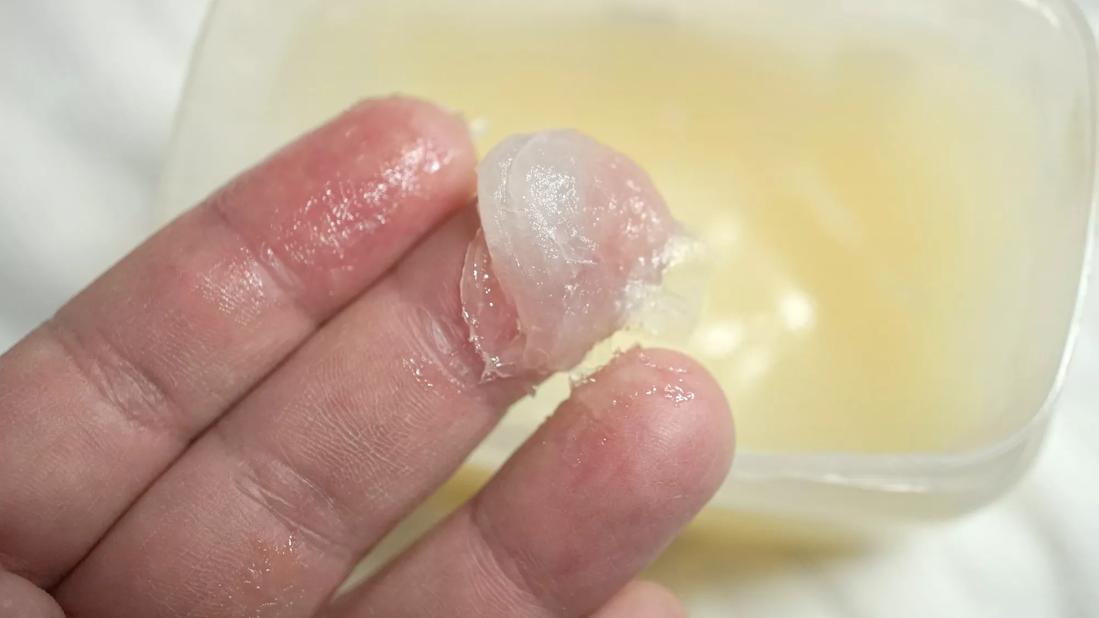
At this point, we all know that we can’t believe everything we see on social media — and TikTok in particular can be full of bad health advice.
Cleveland Clinic is a non-profit academic medical center. Advertising on our site helps support our mission. We do not endorse non-Cleveland Clinic products or services. Policy
But if you’ve been wondering about trying the skin care routine known as slugging, we’ve got good news for you: This one could actually revolutionize your skin.
The skin care technique is great for dry, parched skin by helping lock in hydration. It also protects and repairs damage to your skin barrier.
Dermatologist Amy Kassouf, MD, explains the benefits of slugging, who should avoid it and what other pro tips you need for a successful slugging session.
You know the slimy mucus trail that snails and slugs leave behind as they move? Yeah, it’s kind of like that — and it’s actually what gives slugging its name.
So, what’s the definition of slugging? Slugging is basically the process of slathering your face (or, in some cases, your nails) with petroleum jelly overnight. Social media skin care gurus claim it has given them a gorgeous glow. So, how does it work?
“Petroleum jelly is a simple and very occlusive ointment,” Dr. Kassouf says.
That means that it forms a protective layer on the surface of your skin — and that protective layer, in turn, helps seal in hydration and keep your skin from drying out.
The protective layer that petroleum jelly creates on your skin acts as a barrier that keeps water from evaporating from the surface of your face. The benefits of slugging include:
This is one skin care trend that dermatologists can get on board with.
“This is a process that is more likely to be helpful in the dry winter months and less necessary in the warmer, more humid months,” notes Dr. Kassouf.
But slugging isn’t right for everyone. Dr. Kassouf says you should avoid slugging if you have the following skin types and conditions:
Slugging is pretty straightforward. Here are the steps to follow to incorporate it into your nighttime skin care routine.
“Slugging should only be done on clean skin, so start your evening routine with cleansing, exfoliating and moisturizing,” Dr. Kassouf advises.
Avoid skin care products with ingredients like alpha hydroxy acids, beta hydroxy acids and retinoids, which can irritate your skin once they get trapped beneath the petroleum jelly barrier.
Should you slug with Vaseline® or Aquaphor®? And do you need to use specific slugging skin care?
Dr. Kassouf says that if you’re going to try slugging, make sure you’re using pure petroleum jelly (Vaseline) or petroleum jelly with only minimal additional ingredients, like Aquaphor and CeraVe®. They both include ceramides and hyaluronic acid. No special products needed.
When it comes to slugging, Vaseline and other petroleum jellies are your best friend. Petroleum jelly is thick and goopy, so you only need a tiny bit — and you don’t necessarily need to put it on your entire face. You can apply it only to the thinnest and driest parts of the face, like your eyelids and your lips.
Give yourself about half an hour before hopping into the sack, which will give your products time to settle and start to sink in. During this time, you may want to put a towel over your pillowcase to protect it and slip into a nightcap (the hair kind, not the cocktail kind) to keep your hair from sticking to your skin overnight.
This step is pretty self-explanatory. Get a good night’s sleep, which is also beneficial for your skin (not to mention your overall health).
You should always wash your face when you wake up, and in this case, it will help get rid of anything that’s stuck to the goopy petroleum jelly overnight, too. “Cleansing is important because the skin is a living organ that has dead skin cells, oils and bacteria that need to be able to slough off,” Dr. Kassouf explains.
Choose your cleanser to match your skin’s needs. “Soap is an excellent emulsifier, but it can also be drying,” she continues. “Some of the gentler but foaming cleansers are probably best if you have the type of sensitive skin that is benefitting from slugging.”
Is it OK to do slugging every night? Dr. Kassouf says there’s no hard and fast rule to how often you should slug. It’s all based on your individual skin care needs — if your skin is feeling dry and dehydrated, it may benefit from slugging.
“You may need to do this a couple nights in a row to catch up but rarely should this be an every night routine,” she says. “If your skin gets red or irritated after slugging, it’s wise to see your dermatologist.”
It’s easy to become influenced by social media, especially when it comes to the latest skin care trends. But it’s important to consider your skin type and conditions — those with oily, acne-prone or infected skin should skip this — before slathering your skin with petroleum jelly.
If your skin has been feeling dehydrated or thirsty lately, Dr. Kassouf says that slugging can help retain your skin’s moisture, while repairing and protecting your skin barrier.
And if you have any concerns or questions, you shouldn’t hesitate to talk to a dermatologist before trying slugging — or any other skin care trend.
Learn more about our editorial process.
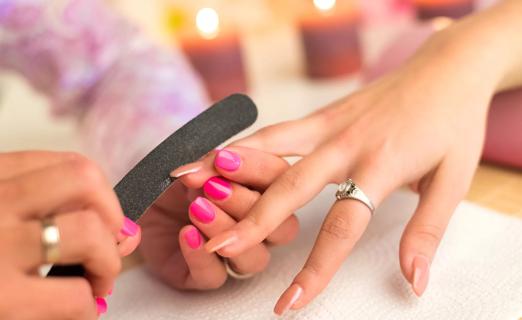
Before your next manicure, weigh the reward against the risk of infection, irritated skin and damaged nails

A well-balanced diet with anti-inflammatory foods can help reduce flare-ups and severity of psoriasis symptoms
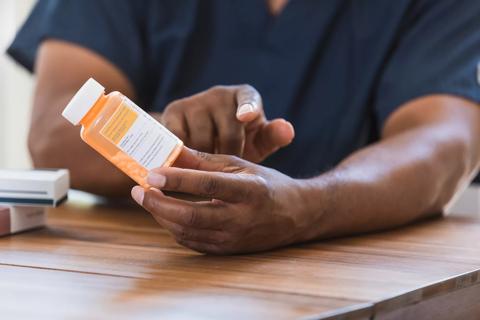
Stress, infections, skin injuries and environmental factors can trigger an onset of psoriasis symptoms

Stick to your treatment plan, but keep your provider updated on any new symptoms or triggers
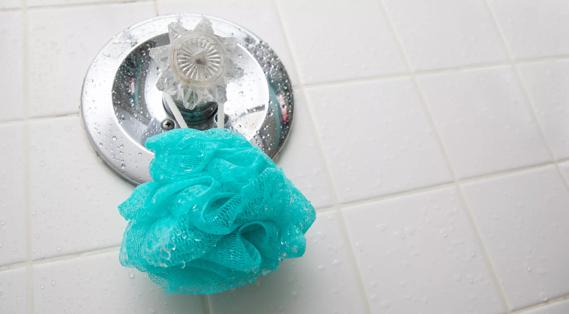
This puffy shower accessory can become lodged with skin cells (and other gross things), so make sure you dry it daily and clean it once a week
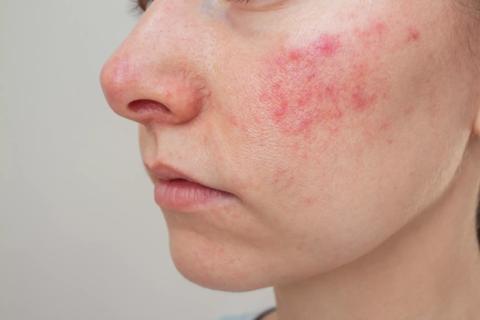
You can turn down the redness and soothe the irritation with natural remedies like green tea, raw honey and aloe vera

With repeat injections over time, you may be able to slow the development of new wrinkles
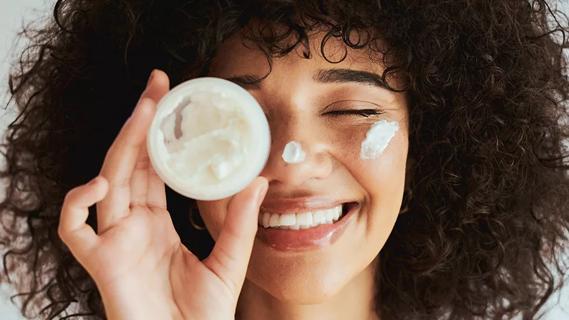
Pantothenol is a powerful moisturizer and can help repair damaged skin and hair

Your metabolism may torch 1,300 to 2,000 calories daily with no activity
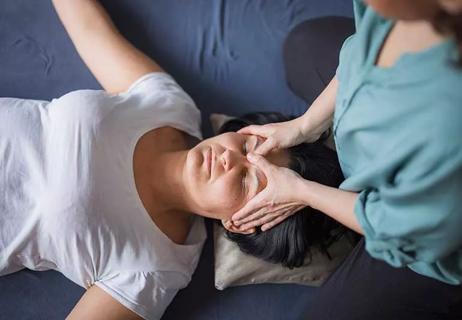
A gentle touch in all the right places may help drain your sinuses